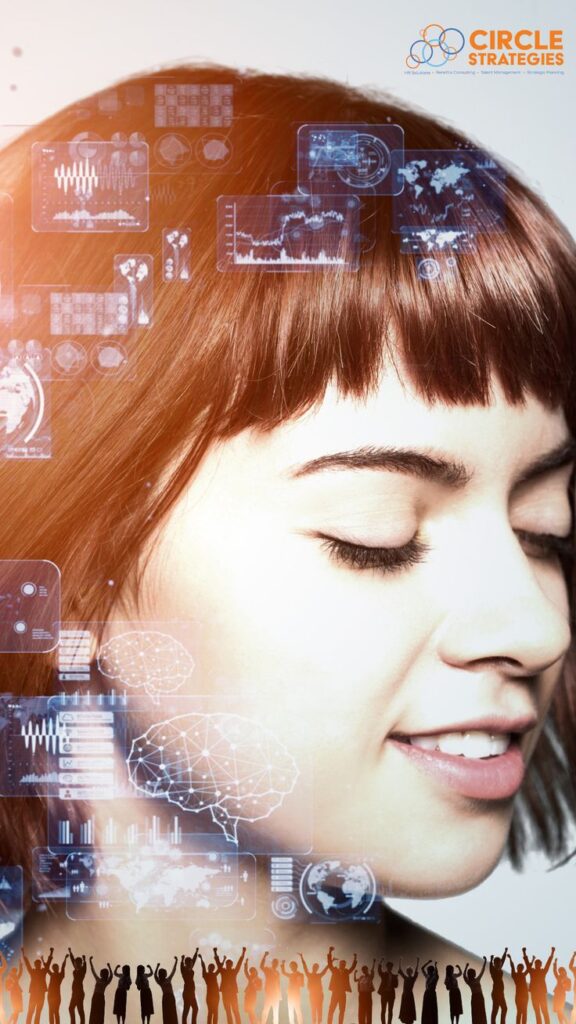Emotional AI in HR: Can Algorithms Understand Employee Emotions?

As technology evolves, Emotional AI is becoming a hot topic in HR circles, but the question remains: Can algorithms truly understand and interpret human emotions? Emotional AI, or affective computing, refers to systems and tools designed to detect and respond to human emotions. In HR, it promises to revolutionize how companies assess employee well-being, engagement, and overall satisfaction. But how accurate or ethical is this new technology?
How Emotional AI Works in HR
Emotional AI uses data from various sources, such as facial expressions, voice tone, body language, and even written text, to detect emotional states. For instance:
- Sentiment Analysis: Analyzing emails, chat messages, and performance reviews to detect underlying emotions, such as frustration or disengagement.
- Facial Recognition: AI systems can assess employee emotions during virtual meetings or interviews by analyzing facial cues to determine levels of stress, happiness, or dissatisfaction.
- Voice Analysis: AI can process audio from video calls to identify emotional tones, such as enthusiasm or anxiety, based on pitch, volume, and speaking pace.
Potential Benefits of Emotional AI in HR
- Enhanced Employee Engagement: Emotional AI can help HR monitor employee morale in real-time. If a team is consistently showing signs of stress, HR can intervene before it affects productivity.
- Personalized Support: AI-driven sentiment analysis can provide HR with insights to offer targeted support, such as mental health resources for struggling employees.
- Real-Time Feedback: Emotion detection can enhance performance reviews by offering more nuanced insights. For example, if an employee’s feedback contains negative emotional cues, HR could address concerns earlier.
- Bias Reduction: Emotional AI might reduce human bias in interpreting emotions, especially in situations like job interviews or performance reviews, where emotional cues can be misunderstood.
Challenges and Limitations
- Accuracy Concerns: One of the key questions is whether algorithms can truly understand the complexity of human emotions. While AI can identify patterns, emotions are nuanced and context-dependent. Cultural differences, personal experiences, and even day-to-day mood swings can make emotion detection highly variable.
- Ethical Considerations: The idea of AI “reading” employees’ emotions raises privacy concerns. Some employees might feel uncomfortable knowing that their facial expressions, tone of voice, or messages are being analyzed. The risk of surveillance culture could lead to stress rather than improved well-being.
- Misinterpretation of Data: Emotional AI is not foolproof. Misreading a tone of voice or interpreting sarcasm as negativity could lead to false conclusions. This could result in unnecessary interventions or, conversely, missing real issues.
- Overreliance on Technology: There’s a risk that HR departments might become too dependent on AI tools, neglecting the value of human interaction and empathy, which are essential for understanding employee emotions in a meaningful way.
The Future of Emotional AI in HR
While Emotional AI offers exciting possibilities, it should be seen as a tool to assist human HR professionals, not replace them. The future of Emotional AI will likely focus on improving the accuracy of emotion detection, ensuring ethical use, and developing a hybrid approach that combines AI insights with human judgment.
For Emotional AI to be effective, companies need to set clear boundaries, obtain consent from employees, and ensure transparency about how the data is collected and used. When implemented with care, Emotional AI could help create more empathetic and responsive workplaces, but it should never replace the importance of human connection in HR.
Conclusion
Can algorithms truly understand employee emotions? While Emotional AI can provide valuable insights and trends, it is not yet capable of fully grasping the complexity of human emotions. HR departments should treat these tools as aids that complement, not replace, human intuition and empathy in managing employee well-being.






Responses